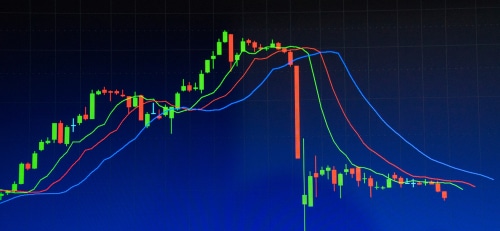Not long ago LIMRA released preliminary first quarter sales numbers and they look good, I think. The industry total came to $105.4 billion, just slightly down from Q1 of the prior year; the fixed side was the one with the diminished production, as was expected. RILAs did best, with 21% growth, followed by traditional VAs with 14%.
So, we may be well on our way to another $400 billion year, depending on how the rest of the quarters shake out, although if interest rates are cut that would put a damper on things. I doubt the variable side of the house would be able to offset any major decline in fixed annuities. But who knows? if RILAs "shoot the lights out" we could still be looking at year-over-year growth.
But for the time being, I would say the industry is experiencing a period of abundance, despite a choppy stock market and tumultuous political climate. Did anyone expect the CBOE-VIX index to spike the way it did (on April 8 to be exact) not long after President Trump came out with his tariff announcement? If so, then I would lean on those folks for guidance with future stock trading. Earlier today I noticed the VIX took a jump again, so we are not out of the woods when it comes to volatility.
In such conditions I would argue the industry should be studying carefully how annuity account values are moving: are clients being protected adequately? Are so-called engineered indices – which involve volatility controls – providing decent returns? Are Dual Direction RILA strategies performing as advertised? Are some people who executed Annual Lock features glad they did so? How about those Best Entry features that reset index starting values lower, like a mulligan in golf (I hear they have been marketed as such in certain quarters)?
I imagine some interesting comparisons could be made between various products, as well as defined outcome portfolios, both within, and outside, the annuity space.
And how about client behavior? Are traditional VA owners shifting out of equity sub-accounts during downturns? They have certainly done so in the past, reallocating to the fixed account or money market options, although that could limit their participation in rebounds. Are they more inclined to stay fully invested if they own a living benefit rider?
In closing, I think that even if industry output dips a bit this year, we are still in a period of relative plenty. And it would be a great time to do some case studies of what is working, and what isn’t.








